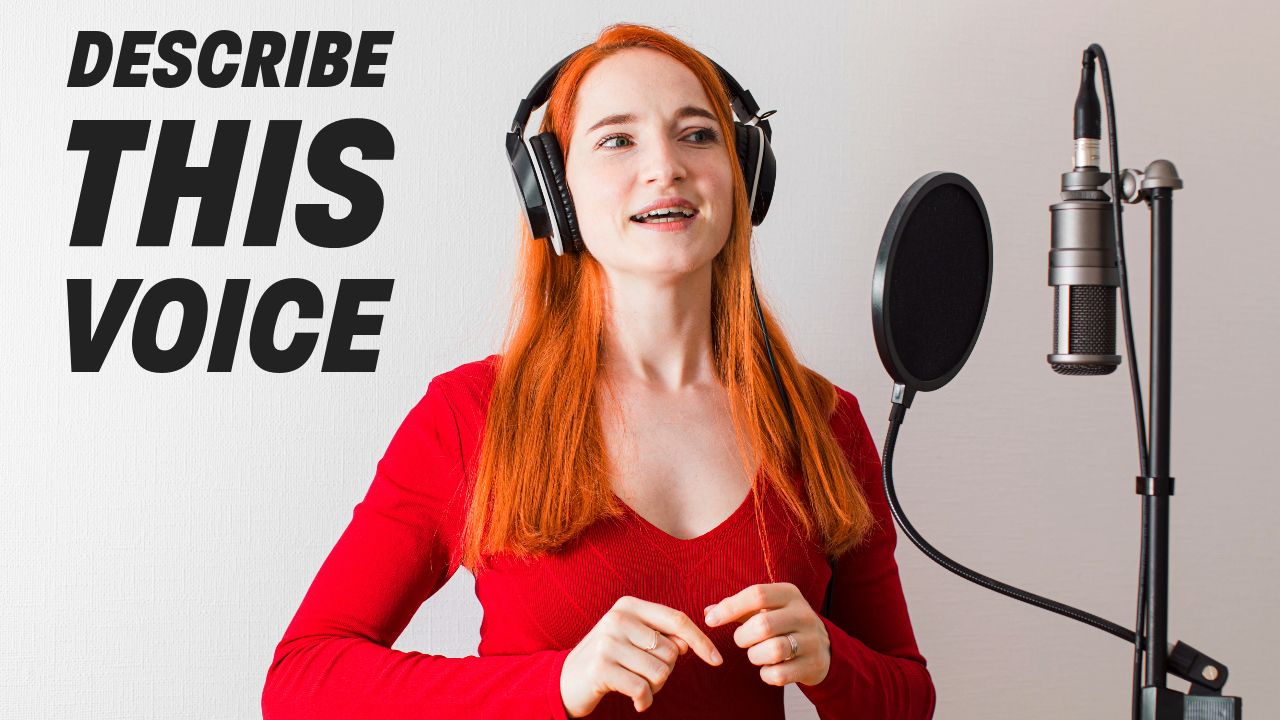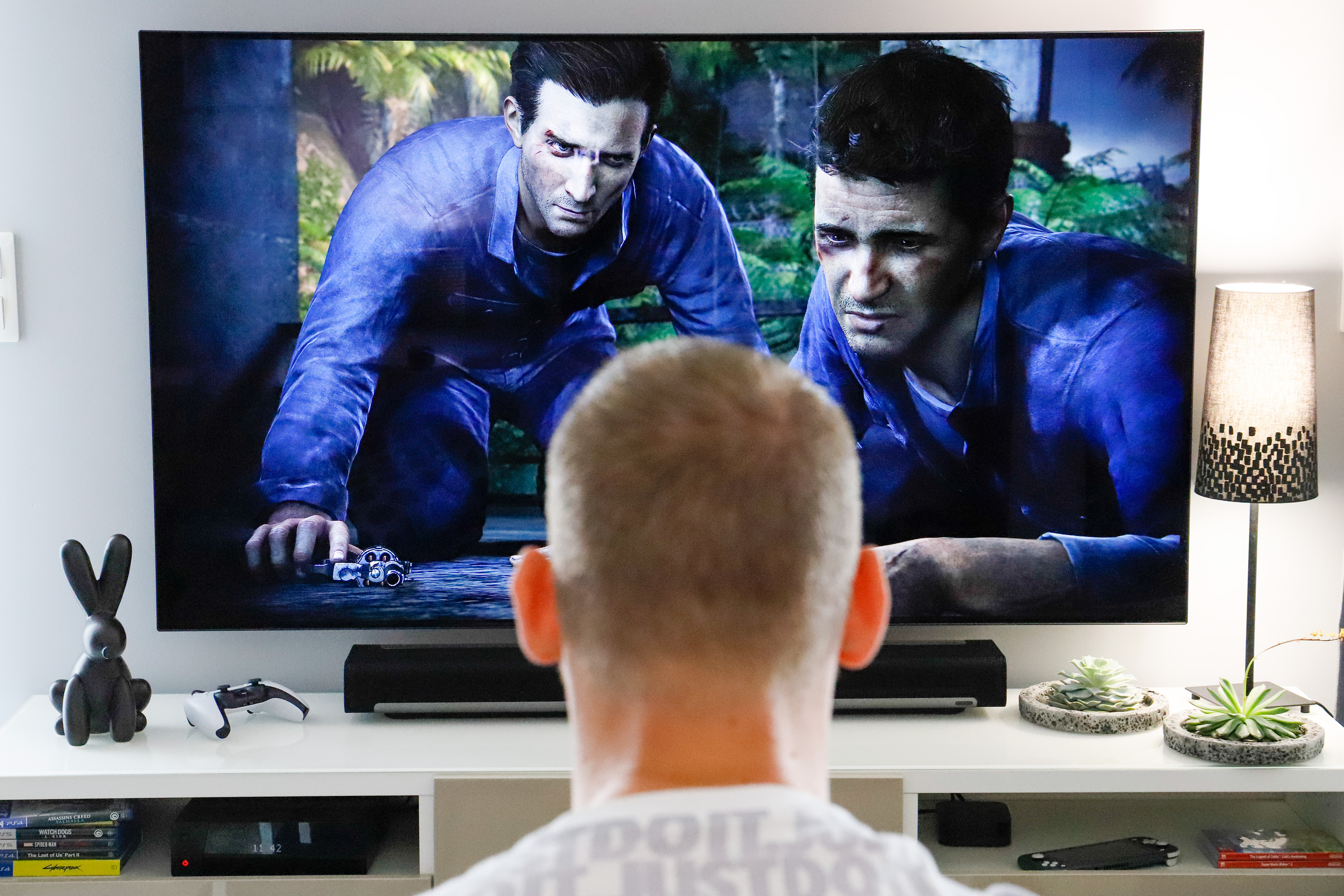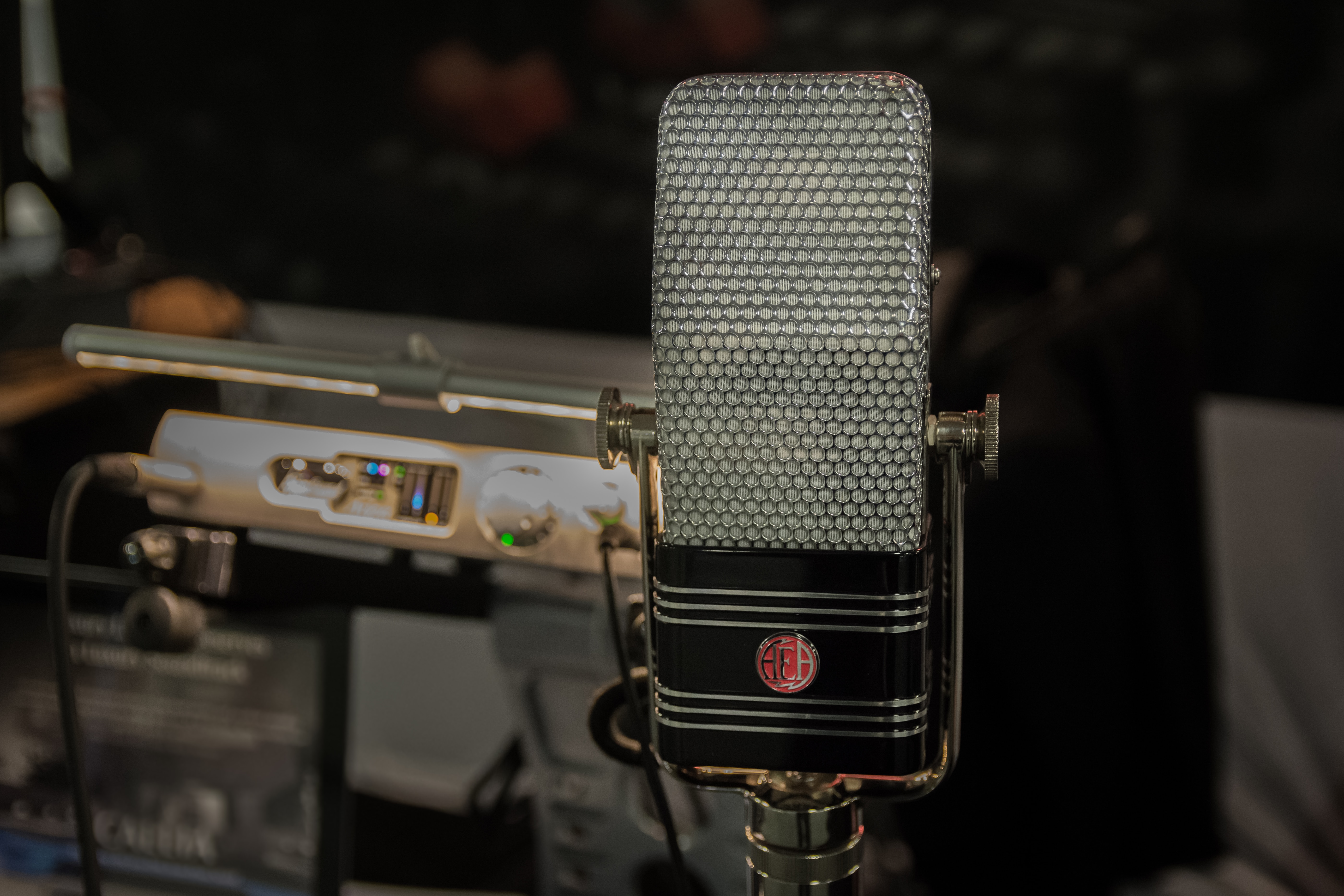How to Describe a Voice for Better Voiceovers
Aug 27, 2023
The A to Z of Voice Description for Professional Voice Actors
Ah, the human voice. It can be as smooth as silk, as gritty as gravel, or anywhere in between. But when it comes to the realm of voiceovers, simply knowing that a voice sounds "nice" or "unique" won't cut it. You need specifics.
For voiceover artists, producers, and clients alike, accurately describing a voice is crucial for delivering that perfect piece of auditory gold.
So how do you put the indescribable into words? Buckle up — because we're about to dive into all of the little details and nuances that go into learning how to describe a voice.

The Importance of Descriptive Precision
It's simple: the better you can describe a voice, the closer you'll get to finding or producing the perfect sound for your project.
If you're a client, you want the voiceover artist to nail that emotion, tone, or style. And, if you're a voiceover artist, you want feedback that’s clear, actionable, and constructive.
Enter the power of precision. With the right adjectives and terms, you can streamline the communication process — making casting or tweaking a breeze.
1. Texture Descriptors
Voices aren't just sounds — they have feel. Much like the different textures you might find when touching different materials — from the sleek glide of satin to the gritty roughness of sandpaper — a voice's texture can say a lot even before the message gets across.
Here are a few examples of texture descriptors that will help when the time comes to describe a voice:
- Smooth & Silky: This is the voice of luxury. Imagine an advertisement for a high-end chocolate brand or a spa retreat. These voices ooze elegance and comfort. Examples could include the dulcet tones used in high-end car commercials or sultry narrations in romance audiobooks.
- Rough & Gravelly: The embodiment of rugged experiences. Suited best for narrating epic tales, whiskey commercials, or a gritty detective series. This texture has a raw honesty about it. It's reminiscent of actors like Clint Eastwood or singers like Leonard Cohen.
- Crisp & Clear: Imagine a keynote speaker at a tech event or a diligent news reporter. These voices carry an authority of knowledge. They are favored in e-learning modules, documentaries, and corporate presentations where clarity is crucial.
2. Pitch & Tone Descriptors
The highs, the lows, and everything in between. Pitch and tone form the melodic backbone of a voice. However, it's not just about how "high" or "low" a voice is — it also takes into account the tonal quality it carries. These descriptors delve into that musical aspect, differentiating a chirpy soprano from a somber baritone.
When it comes to describing pitch and tone, this is a good place to start:
- Deep & Resonant: This is the kind of voice that makes you sit up and listen. Perfect for intense movie trailers, historical documentaries, or any scenario where authority and depth are required. Think James Earl Jones or Morgan Freeman.
- High & Light: Light-hearted commercials, animations, or youthful brands can benefit from this tone. It’s effervescent and carries an inherent positivity. Characters like Tinkerbell or brands targeting younger demographics typically prefer this pitch.
- Mid-Range & Neutral: This is the universal voice. Brands looking for a broad reach prefer this tone. It’s neither too intense nor too light — making it perfect for podcasts, infomercials, and general advertisements.
3. Emotional Descriptors
A voice can make you feel, even without words. It can comfort, energize, or even intimidate. In this case, it’s all about dissecting the layers of emotion that a voice can convey — from the warmth of a caring friend to the sternness of a no-nonsense authority figure.
How do you describe a voice through the emotion it conveys? A few options include the following:
- Warm & Nurturing: This is the voice of care. Ideal for children’s bedtime story apps, motherly characters in animated movies, or brands that revolve around care like healthcare or wellness.
- Brisk & Authoritative: Perfect for military documentaries, action-packed video game narrations, or corporate brands that stand for efficiency and precision — this voice is all about commanding respect.
- Playful & Energetic: Brands targeting a younger audience, animated shows, or even energetic sports commercials use this voice to convey excitement and enthusiasm.

4. Age & Character Descriptors
Every voice tells a story, often reflecting the wisdom of age or the exuberance of youth. Beyond age, there are also those distinct voices that remind us of specific characters, archetypes, or personalities.
Some age and character descriptors might include:
- Youthful & Sprightly: Stories and narrations that revolve around youth culture, teenage dramas, or college life resonate with this voice. It's fresh, lively, and exudes optimism.
- Mature & Seasoned: Think about those introspective novel narrations or brands that have been around for decades. This voice speaks with experience, wisdom, and assurance.
- Character Voices: Perfect for animation or fantasy genres. Each character — from a sly fox to a wise old tree — has a unique voice that tells its own tale. These voices aren't bound by age or emotion; instead, they are built around the character's personality and role in the story.
Finding the Right Vocabulary
In the world of voiceovers and voice acting, descriptors act as a bridge between intent and reality, vision and auditory experience.
The descriptors we've talked about so far? They're your basics, your bread and butter. But voices? They're as varied as the characters at a family reunion — from Aunt Mabel, who never stops talking, to quiet cousin Joe who's secretly an opera singer.
Sure, descriptors might help… but to really nail it, you need to dive deeper.
To do that, it’s important to engage in feedback sessions with peers or clients. Everyone's got their own flavor of describing things, and while someone might call a voice “punchy,” others might actually describe it as “snappy.” Both are getting at the same thing. Still, they’re doing so in their own way — and understanding these differences can clear things up.
Another great way to describe a voice is by using analogies. Does the voice remind you of the way sneakers sound on a basketball court? Or how about the buzz of a bee that's had a bit too much nectar? These quirky metaphors can sometimes pinpoint a voice's vibe better than generic terms. Don’t be afraid to use them — but also, try not to go too far with them.
At the end of the day, building your vocabulary in voice description is a bit like collecting trading cards. The more you have, the better your chances of having the perfect one for any situation.
So keep those ears open, and never stop adding to your collection.
Finding Your Voice, Finding Your Groove
Let's face it: the world of voiceovers is vast, competitive, and sometimes downright intimidating. But remember, every iconic voiceover artist started somewhere. They all had that moment when they weren't quite sure if their voice would fit the bill, if they'd ever find their unique tone, or if they'd stand out in the crowd.
What made the difference? A mix of practice and feedback — but most importantly, guidance from experts who've been in the trenches. Whether you're an up-and-coming talent searching for your signature style or a seasoned pro looking to fine-tune your skills, consider getting a helping hand.
At A VO’s Journey, we offer a variety of VO training courses designed to help you find your voice and understand it well. From 1-on-1 coaching sessions to mastering Studio One for beginners and even finding work on platforms like Upwork and Fiverr, we have all of the tools to get you started on your voice acting journey.

There’s An Art to Describing A Voice
Describing a voice is less like a poetry session and more like a detective piecing clues together. You're Sherlock, and the voice is your case.
Basically, every voice carries its own little secrets: a hint of sass, a dollop of drama, or maybe a sprinkle of sarcasm. How do you pull these out? By being observant and, most importantly, precise.
For voiceover artists, a bang-on description is their script. It tells them how to feel, where to pause, what emotion to ooze.
For producers, it's the treasure map that’ll eventually lead them to the voice that fits their vision like a glove.
Here's a pro tip: Be as specific as you can. If you're after a “gruff” voice, what kind of gruff? Like a lumberjack who's just woken up? Or a pirate who's lost his parrot? Play around with descriptions. Chuck a voice descriptor at a colleague and see if they get the picture you're painting. Their feedback is your golden ticket to refining your descriptive chops.
Bottom line? No two voices are ever alike. No matter how much you think they sound the same, there’s always a nuance or small detail that’ll set them apart — and make them suitable for different roles and gigs.






